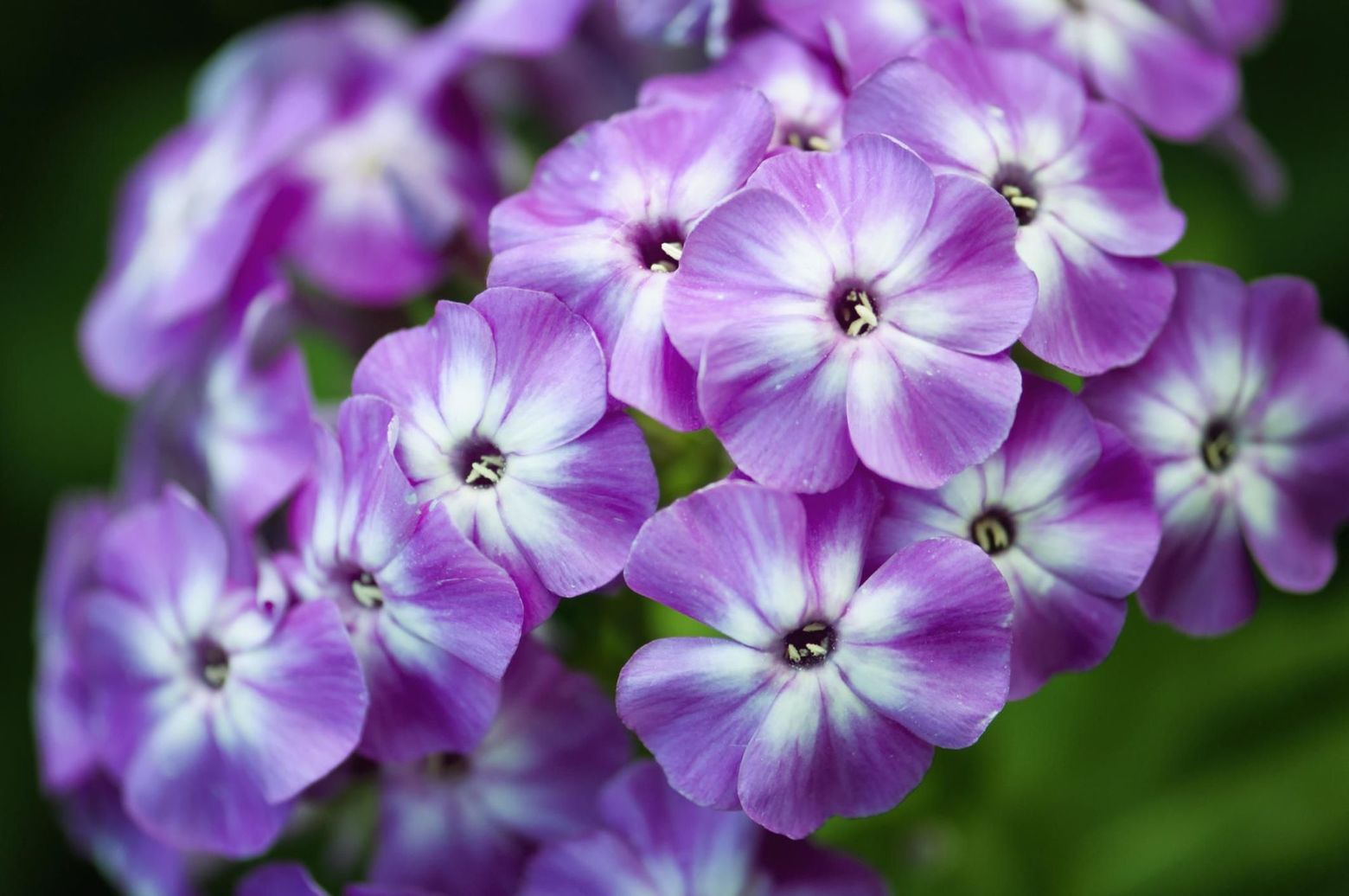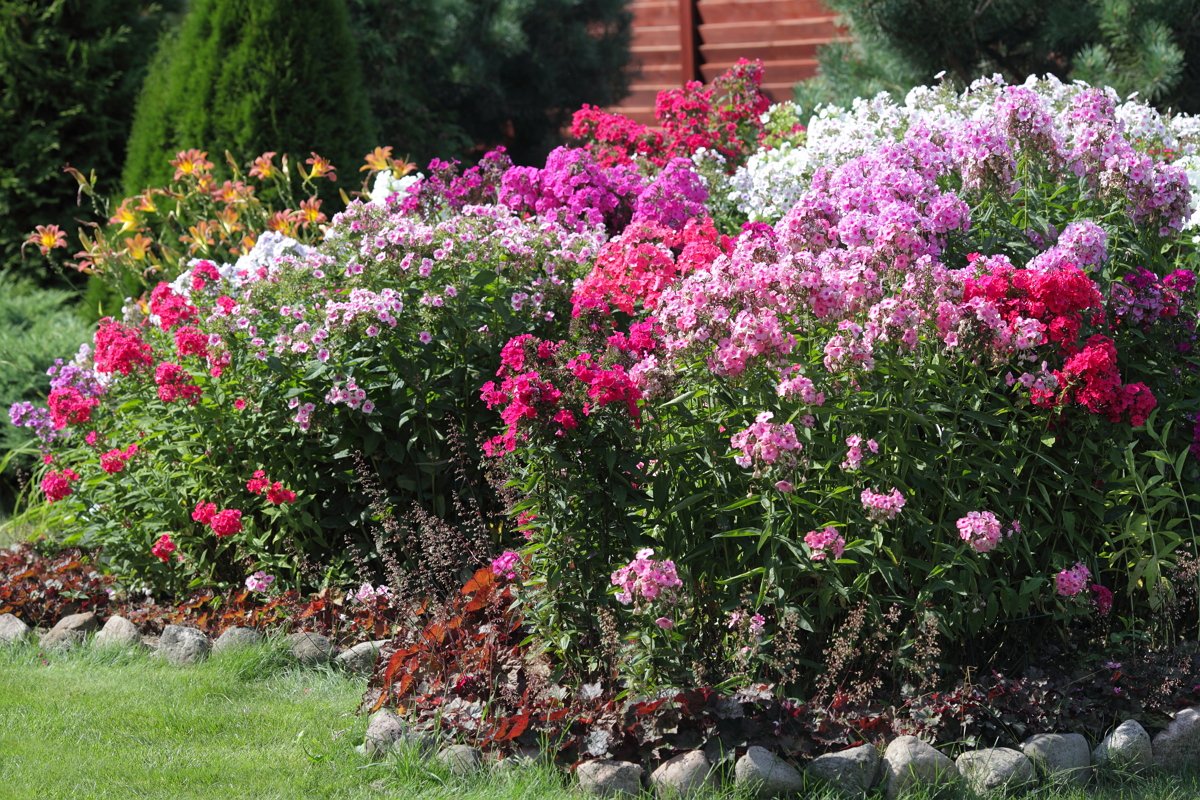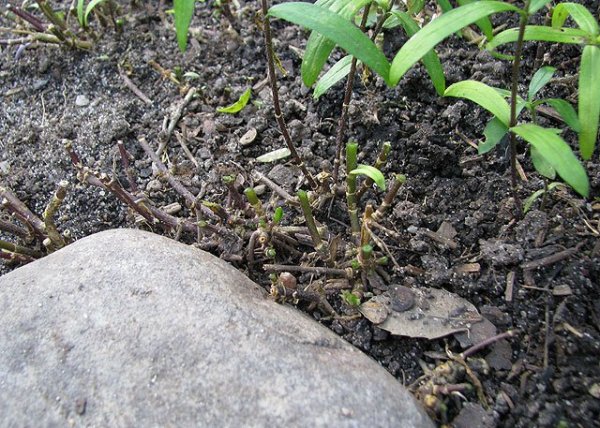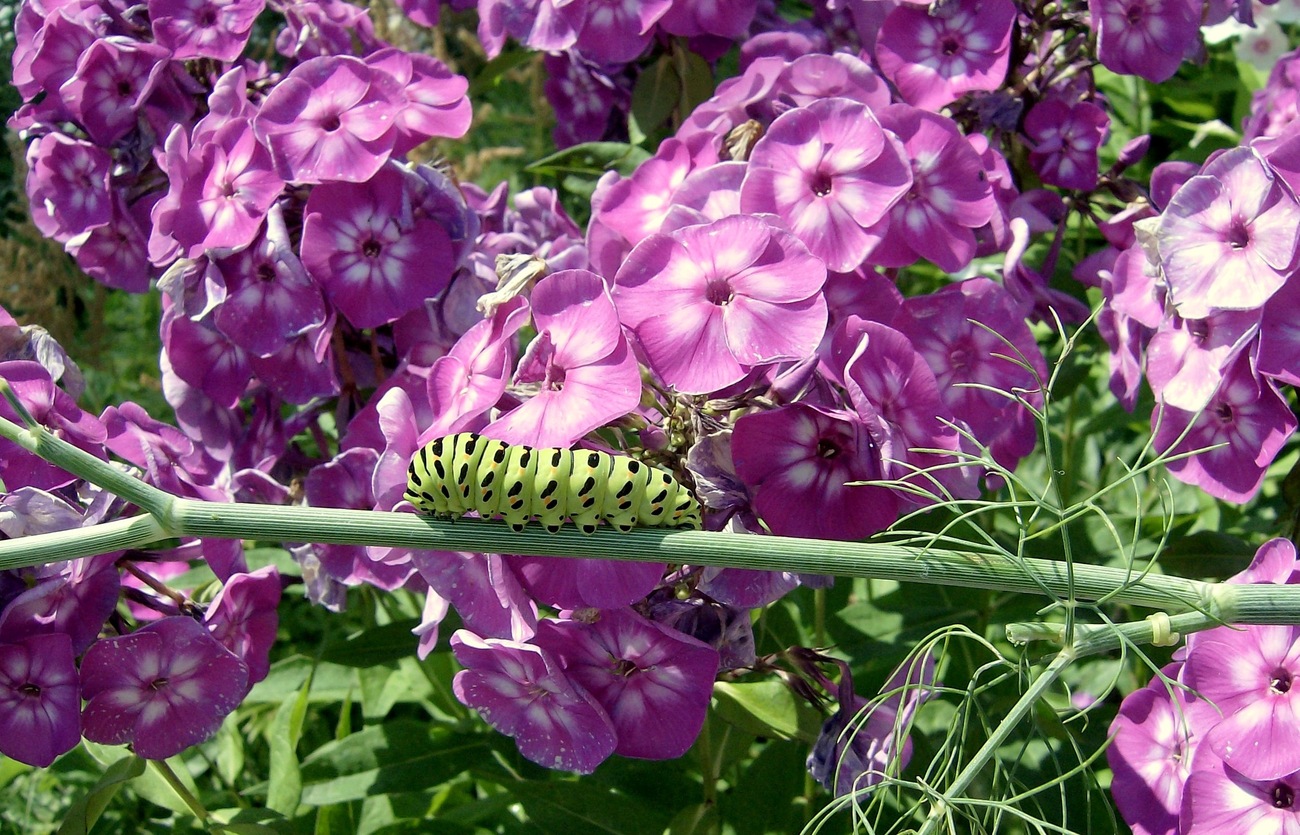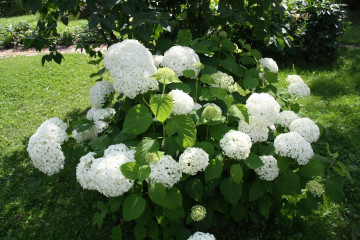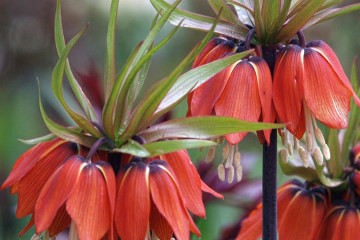Phlox subulate: planting and care in the open field
Content:
- Botanical description of the plant
- Types and popular varieties of subulate phlox
- Phlox subulate and spread apart - what is the difference
- Application in landscape design
- Possible breeding methods
- Planting phlox subulate in the open field
- How to care for flowers
- How to care for phlox at home
- Possible diseases and pests
Phlox is an amazing perennial garden plant with white, pink and purple flowers. Suitable for cultivation in both southern and middle latitudes. Let's talk about what these flowers are, how to plant them and how to take care of them further.
Botanical description of the plant
Phlox subulate beauty is a North American frost-hardy plant that does not need much maintenance. The biggest advantage in the variety of inflorescences. Therefore, it is the most demanded plant in the garden.
It reaches a height of 20 centimeters. Its roots stretch deep into the ground, and the stems are enveloped in lush greenery. Each stem has many narrow and sharp leaves with a texture that is pleasant to the skin. At the top of the shoots is a peduncle. The flowers are medium in size, reaching a diameter of four centimeters. Depending on the variety, it can be half as much. There are three types of color. Phlox blooms for 3 weeks, from May to June. If cared for well, it will re-bloom in August and October.
Types and popular varieties of subulate phlox
The most popular varieties of phlox are:
- Aurora,
- Amazin Grace,
- Wilson,
- Thumbelina,
- Coral Ai,
- Candy Stripes,
- Mayishne,
- Nettleton,
- Tellaria,
- Themiskaming.
The first two flowers with an interesting name have a star-shaped shape, a snow-white structure and a purple eye. In diameter, the flowers reach 2.4 centimeters for Aurora, and 1.8 centimeters for Amazin. Each stem reaches 12 centimeters in height.
The second pair of varieties have a cold color, close to lavender and blue. They have a star-shaped shape, grow up to 20 centimeters in height. The most vigorous varieties. They are well used to create beautiful landscaping. They grow to form lush shrubs with lots of flowers.
The third pair has a light pink or snow-white color with pink stripes along the petals. The diameter reaches two centimeters. They reach a height of 10-12 centimeters. They form abundant, lush and long flowering. Prized in gardens for its original color.
The penultimate pair of varieties is distinguished by a snow-white wheel-like shape. They have flowers that reach a diameter of no more than 1.7 centimeters. They form broad and lush bushes. They differ from other species in that they have emerald leaves with a white border. Can be an ornamental plant to complement any composition.
The latter varieties have a bright color: from lilac to crimson. The leaves reach two centimeters in diameter. They have a very long flowering. Active growth is observed throughout the summer.
There are also plants: only with pink flowers, undersized, with dark carmine flowers with black eyes, only white flowers, salmon-lilac, purple, purple, round, snow-white or pinkish-scarlet with thick pillows.All phloxes are divided into two large groups - subulate and splayed.
Phlox subulate and spread apart - what is the difference
Almost all summer residents, buying phloxes, do not see the difference between a splayed and subulate look. Many people think they are no different.
In fact, both plants have quite a noticeable difference in height, color, resistance to frost and winter, demanding soil and looseness.
The spread-out flowers reach a height of 40 centimeters, do not have a great variety of colors, and are not suitable for growing in northern latitudes. For them, it is necessary to select fortified soil rich in nitrogen. Also, their bushes are small and do not reach large sizes.
Subulate, like a weed. They live well anywhere. At the same time, they have beautiful inflorescences.
Application in landscape design
Phlox subulate to use in garden design is convenient and inexpensive. It is combined with almost all plants that are below it or on the same level.
They can be combined with chamomiles, pansies, hydrangeas. Lilac and hosta look colorful against the background of phlox. With them, you can create a cozy rockery, making phlox the central decoration of the garden. They look harmonious in the garden, where for the most part there is one greenery.
Large beds of phlox near conifers and small junipers look good. In contrast, the garden is decorated with a composition where phlox, hosta, junipers and several thujas are present at once, supplemented with small coniferous shavings, sprinkled on the ground so that weeds do not grow.
This composition looks especially aesthetically pleasing when entering a house or a small suburban building. There are other successful combinations as well. The main thing is that there is compatibility and that nearby plants do not interfere with each other's growth.
Possible breeding methods
Subulate phlox can be propagated using seeds, roots or cuttings. The procedure can be performed at any time of the year. To do this, you need to separate the root from the plant or cut off the stem, put it in warm water for a week. As soon as dense roots appear, the seedlings can be planted in the ground, abundantly watered with water.
By seeds, reproduction occurs as follows: the most beautiful flower is taken and seeds are taken out of it. They are placed in water. As soon as the first roots appear from them, they can be transplanted into open ground.
There is another breeding method. However, it is the most difficult and rarely when the summer resident manages to complete it. This is division by leaves. To do this, the leaves, along with the stem, are placed in the soil at an angle and covered with foil. As soon as the roots appear and the plant does not stagger, everything is transferred to the ground.
Planting phlox subulate in the open field
Planting subulate phloxes in the ground and caring for them in the open field is not difficult. As mentioned above, phlox can be propagated and planted both in summer and autumn.
For novice flower lovers, it is better to open the growing season in April, when the soil gets rid of the snow and warms up a little. It is ideal to plant at a temperature of +15 degrees.
It is better to plant these beautiful flowers outdoors, where there used to be lawn grass with calendula and marigolds. Bad predecessors are strawberries with garlic. This is due to the possibility of a plant getting sick with a nematode.
Choosing a place and soil for planting
When choosing a site to grow and propagate seedlings, you need to give preference to places where the sun gets well.
The flower can grow in shady places, but then the flowering will not be intense. The place where the plants will be located must be cleaned of weeds. After the plant has grown, it will be difficult to find weeds under it because of the stems.
Planning a flower bed
It is easy to plan a phlox flower bed: tall ones should be combined with low-growing flowers. In summer, you can plant geraniums near them with veronica, mountaineers, bells, carnations and alpine asters.
Flower beds with lilies, oriental poppies, peonies, lupines, campanula and pyrethrum look no less interesting.
How to care for flowers
Subulate phlox, like other plants, need periodic watering when the soil dries out, fertilizing, loosening, mulching, pinching, clothespin and pruning. Some of the care features associated with the styloid species are described below.
- Loosening, mulching
Loosening and mulching are mandatory procedures to achieve the desired effect, namely high-quality and beautiful flowering.
Loosening must be done before planting, and mulching for 10 days after weed removal.
It is advisable to add a tablespoon of superphosphate to the ground before mulching. This is a good incentive to start flowering in spring. In addition, the ash will repel insects.
- Shelter for the winter
Phlox are frost resistant. They can be left uncovered for the winter, especially in places where the continental climate is relatively mild. In an area where it is cold, for example, in Siberian lands and territories along the Urals, it is better to send such perennials in pots to winter at home.
- Pinching, pinching, pruning
Removal of excess shoots from the plant should be done closer to October. It can also be done during active flowering.
The flower likes pruning and pinching, he perceives them well. Produces new shoots and flowers.
How to care for phlox at home
Caring for a perennial at home is no different from caring for a plant placed in open ground.
It also requires abundant sunlight or an ultraviolet lamp, watering as the soil dries, autumn pruning.
In winter, it is better to put the flower in partial shade to let it hibernate and overwinter. For planting, it is better to take a fortified soil in which lawn grass used to grow or buy soil for such a grass in a store.
Possible diseases and pests
Phlox subulate has good health, so it is resistant to many diseases. However, like all flowers, it is susceptible to powdery mildew (with slower development with reduced flowering and general lethargy).
This fungus must be fought at once, as it can destroy all the stems. To avoid its appearance, it is necessary to periodically treat it with drugs in the spring, in particular, Bordeaux liquid and Topaz.
Spider mites also attack the plant. Because of them, the leaves dry out, becoming covered with dark spots. In addition, caterpillars and nematodes gnaw the stems. When they appear, you need to treat everything with the drug "Actrophyte".
In general, subulate phloxes are lush blooming plants that are easy to plant and maintain. They can be grown both indoors and outdoors because they show high resistance to cold and pests. Novice gardeners and flower lovers should definitely pay attention to this type of plants.
